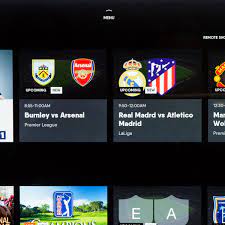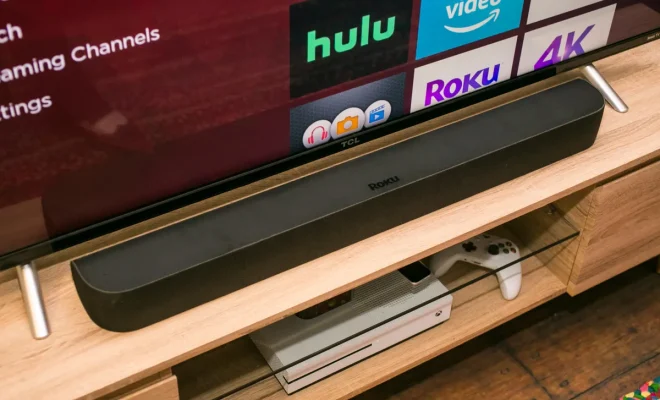HDMI vs. Optical: Which Digital Audio Connection to Use?

Introduction:
When setting up your home entertainment system, choosing the right audio connection is crucial for getting the best possible sound quality. Two common types of digital audio connections are HDMI and Optical (also known as TOSLINK or S/PDIF). This article will help you discern which digital audio connection is best suited for your needs.
HDMI (High Definition Multimedia Interface):
HDMI is a well-known standard for transmitting high-quality audio and video signals over a single cable. It has been around since 2003, and most modern devices such as televisions, soundbars, and gaming consoles support this technology. One of the major advantages of HDMI is its ability to transmit high-resolution audio formats like Dolby Atmos and DTS:X, providing an immersive, theater-like experience.
Pros:
– Supports high-resolution audio formats
– Can transmit both video and audio in a single cable
– Compatible with most modern devices
Cons:
– Longer cables may suffer signal degradation
– More expensive than Optical cables
Optical (TOSLINK or S/PDIF):
Optical is another popular digital audio connection that uses light to transfer digital audio signals between devices. It has been used in home entertainment systems since the 1980s as an alternative to coaxial cables. Although it isn’t capable of transmitting high-resolution audio formats like HDMI, it still delivers excellent sound quality, making it a suitable option for many systems.
Pros:
– Delivers clean and clear sound quality
– Less susceptible to interference compared to coaxial cables
– More affordable than HDMI cables
Cons:
– Doesn’t support high-resolution audio formats like Dolby Atmos or DTS:X
– Only capable of transmitting audio signals
Which one should you choose?
Your choice between HDMI and Optical depends on your specific needs and the devices you intend to use in your home entertainment system.
If you want to enjoy high-resolution audio formats and have compatible devices, HDMI is the way to go. Additionally, if you plan on connecting multiple devices and minimizing cable clutter, the ability of HDMI to transmit both audio and video through a single cable is advantageous.
Optical, on the other hand, is a great choice if you’re working with a limited budget or have older devices in your system. The sound quality is still excellent, but be aware that you will miss out on some of the benefits of newer high-resolution audio formats.
In conclusion, both HDMI and Optical connections offer their own unique benefits in terms of sound quality and compatibility. By considering the capabilities of your devices and your desire for high-resolution audio support, you can make an informed decision about which digital audio connection suits your home entertainment system best.






